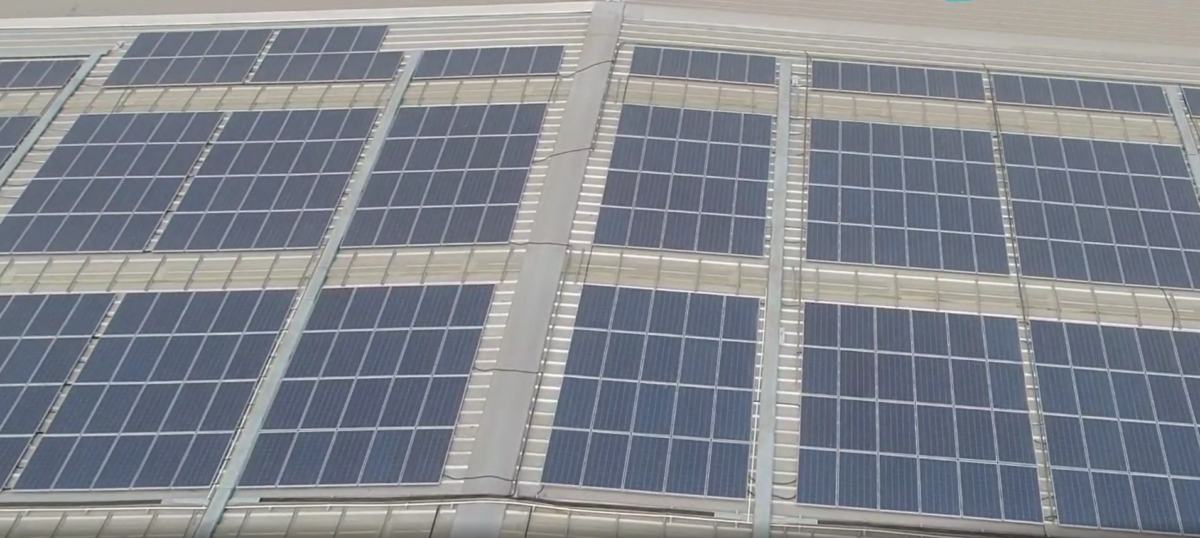India’s ambitious journey towards Net Zero via environmental preservation and sustainable development has been significantly bolstered by the introduction of the Green Energy Credit System in the country. Championed by the Ministry of New and Renewable Energy (MNRE), this pioneering initiative seeks to encourage the adoption of environment-friendly practices, including renewable energy sources, promoting ecological balance by incentivizing it.
The Government of India’s innovative approach to monetizing renewable energy initiatives has captured widespread attention, highlighting its potential to combat climate change and increase the nation’s green energy footprint.
While Green Credits Programme doesn’t specifically mention renewable energy, its focus on activities like afforestation, water conservation, air pollution reduction, Ecomark labeling, sustainable building, and as such, the projects related to renewable energy in addressing air pollution, water pollution, etc will also result in the generation of these credits.
Understanding the Green Energy Credit System
Launched in 2023, the Green Energy Credit System operates on a market-based mechanism where businesses and individuals earn credits, known as Green Energy Credits, by investing in or undertaking environment-friendly activities like tree plantation or renewable energy production. These credits can be traded or used to satisfy environmental mandates or regulatory obligations, encouraging active engagement in the nation’s energy independence and eventual transition towards cleaner energy sources. The programme is intended to promote proactive engagement in environmental preservation while harmonising with more general sustainability objectives.
Renewable energy projects in water conservation can earn green credits by reducing energy consumption and promoting sustainable water use. Efficient water use and management can save energy needed to process, heat, and distribute water, especially in areas where water is pumped over long distances.
Adopting renewable energy in agriculture like solar-powered irrigation pumps, greenhouse technology, solar dryers for post-harvest processing, etc can reduce the dependence on fossil fuels and chemical inputs. Such practices can earn green credits by sequestering carbon in the soil, reducing greenhouse gas emissions, and utilizing renewable energy.
Waste management projects that capture methane from landfills or wastewater treatment projects generating biogas for energy production directly link waste management to renewable energy production. By converting waste into a renewable energy source and reducing methane emissions, a potent greenhouse gas, these projects can earn green credits.
Air pollution reduction, mangrove conservation, Ecomark labeling, and sustainable building practices are interconnected with renewable energy, offering pathways to earn green credits. Transitioning to renewable energy sources reduces air pollution and carbon emissions, aligning with efforts to improve air quality. Mangrove conservation indirectly supports renewable energy goals by sequestering carbon. Green buildings incorporate renewable technologies, enhancing energy efficiency and reducing carbon footprints. Collectively, initiatives like this contribute to the broader objectives of carbon reduction and environmental sustainability, potentially earning green credits for their positive impact.
Challenges
- Sustainability and integration: Ensuring that renewable energy projects are sustainable and seamlessly integrated into the national grid is vital. This includes addressing intermittency issues and ensuring a stable energy supply.
- Community involvement: The engagement of local communities in renewable energy projects is crucial. Involving communities in planning and decision-making processes can enhance project acceptance and success.
- Rigorous monitoring and evaluation: Effective monitoring and evaluation frameworks are essential for tracking project progress, assessing environmental impact, and facilitating improvements.
- Policy synergy: The Green Energy Credit System’s effectiveness is bolstered by its integration with existing renewable energy policies and climate action strategies, enhancing overall environmental policy coherence.
The path forward
To effectively integrate renewable energy into the Green Credits program, it’s crucial to establish clear standards and align with existing frameworks to avoid duplication. Developing specific thresholds for eligibility and implementing rigorous verification processes will ensure the integrity of renewable projects contributing to Green Credits.
Innovation should be encouraged, especially in adopting cutting-edge technologies and supporting decentralized projects like rooftop solar, which are pivotal for underserved areas. A dedicated trading platform for these credits will incentivize investment, making the financial appeal clear to developers and investors.
Public awareness and government support through policies, subsidies, and incentives are essential to foster participation and alignment with environmental goals. Continuous monitoring and adjustments based on performance feedback will help in refining the program. By following these steps, Green Credits can significantly encourage renewable energy projects, marrying environmental sustainability with economic incentives.
Green credits offer a vital mechanism for incentivizing environmentally positive actions beyond just corporations, involving individuals and communities. By providing tangible benefits for sustainable practices, such as renewable energy adoption and conservation efforts, green credits engage the public at large, fostering widespread participation in combating climate change.
The views and opinions expressed in this article are the author’s own, and do not necessarily reflect those held by pv magazine.
This content is protected by copyright and may not be reused. If you want to cooperate with us and would like to reuse some of our content, please contact: editors@pv-magazine.com.








Subscription of PV Magazine